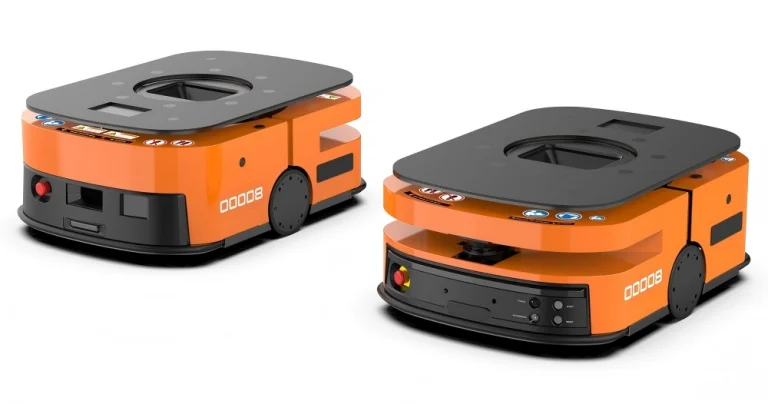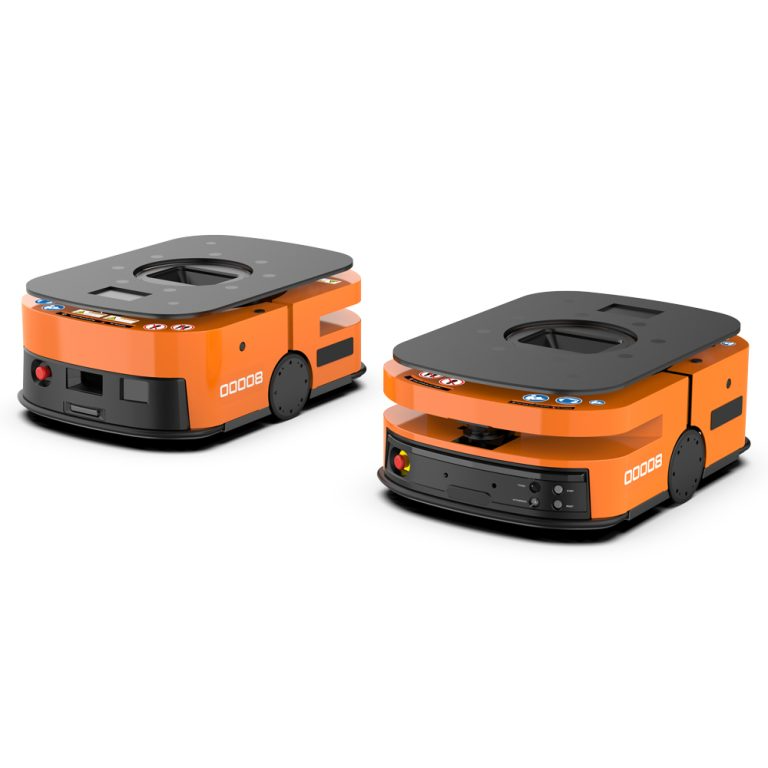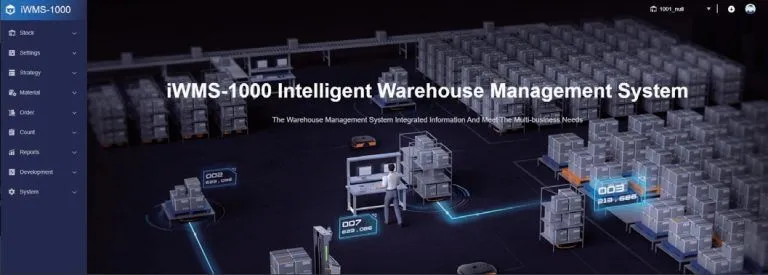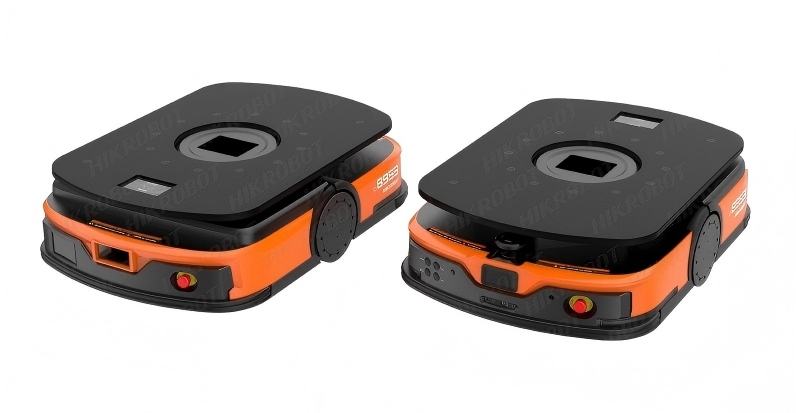
想象一下:一个庞大的仓库在午夜嗡嗡作响,灯光昏暗,机器在堆满零件的架子之间静静地滑动。没有疯狂的叉车在狭窄的过道里发出嘟嘟声。没有船员在晚班时挥汗如雨。只是安静的效率,只在关键时刻才拉动动力。那就是’;这是承诺 潜在移动机器人--或简称LMR——在今天——;我们推动那些不这样做的工厂;不只是制造东西,而是在不消耗地球的情况下制造它;的资源。如果你;重新深入制造业运营,或者只是对技术如何发展感到好奇;我们正在绿化供应链,留下来吧。我们’;重新深入探讨为什么这些机器人在可持续发展的环境中会改变能源智能的游戏规则。
是什么让潜在的移动机器人发痒?
让我们’;我们从基础开始,因为不是每个人都是如此;他们周末都在研究仓库技术。潜在的移动机器人是自动化领域的低调之星。与那些占据整个车道的结实的AGV不同,LMR可以直接在货架或货架下滑动,无需大张旗鼓地提升负载。把他们想象成你工厂里的隐形搬运工;他的管弦乐队——精准、不引人注目、总是切中要害。
这些机器人的核心是使用锂电池运行,这种电池没有老式铅酸电池的环境负担。一个典型的型号一次充电可能会运行8小时,空载时速度可达每秒2米。那就是’;它不仅速度快;它’;他聪明又快。他们使用激光制导或SLAM技术——同时定位和测绘——来绘制避免死角和绕行的路径。没有浪费的旅行,没有无聊的旋转。在现实世界的设置中,比如一家生产智能手机的3C电子工厂,LMR车队可以在不到五分钟的时间内将组件从存储运送到组装,同时像这样消耗电力;这是一种淡啤酒。
但在这里——;这就是它变得有趣的地方——而且有点人性化。I’;我和运营经理们聊了聊,他们对这些事情深信不疑,因为手动推车在午餐前让地板磨损,电池耗尽。一位汽车行业的人告诉我,他的团队过去常常开玩笑说;能量吸血鬼”;排干电网。换上LMR?这就像拨动开关。突然间,仓库感觉充满活力,而不是精疲力竭。
能源效率:绿色推动的核心
能源效率不是;规格表上没有什么流行语——它;这是让工厂保持精益运转的安静数学。对于LMR来说,这归结为他们如何啜饮而不是大口地喝。以电池寿命为例:处理600kg负载的型号通常连续运行6-8小时,充电时间不到90分钟。那就是’;与需要数小时才能加满的传统电梯相比,该电梯的停机时间减少了一半。而且,在繁忙的电子商务物流中心,每班的总功耗减少了30%。
为什么要节省?导航智能起着巨大的作用。V-SLAM或2D条形码模式让机器人;参见”;它的3D世界,绘制了拥抱墙壁和跳过空白区域的路线。不再像迷路的小狗一样盘旋。将其与某些设备上的全向车轮配对,您就可以;我转弯够紧了,可以坐纽约的出租车。旋转直径徘徊在1.6米左右,这意味着它们在狭窄至1.5米的过道中穿行,而不会中断步幅,也不会在后廊上浪费果汁。
潘趣的短句:这很重要。在可持续智能工厂中,每千瓦都计入碳目标,这种精度将闲置时间减少到接近零。现场安装的数据显示,吞吐量增长了2倍,而能源使用下降了20-25%。对于卸载重量仅为300-350kg的机器人来说,这并不坏。
当然,它’;并非都是无缝的。加入一个流氓托盘或溢出的咖啡——是的,这种情况发生过一次——重新校准可能会消耗额外的几瓦。但内置的激光障碍物检测等安全功能使这些打嗝很少发生,直接回到了效率循环中。
将LMR融入可持续工厂之谜
可持续的智能工厂不是;不是一夜之间建成的;他们’;像一个破旧的拼图一样重新拼凑在一起,LMR作为柔性胶水嵌入其中。想象一下,在食品和制药生产线上,温度必须保持冰冷。在这里,LMR在没有笨重输送机振动的情况下运输敏感的板条箱,在保护产品的同时减少了气候控制所需的能量——风扇没有;我不必那么频繁地与流氓选秀作斗争。
具有讽刺意味的是,在能源领域,比如电池厂,这些机器人在垂直的ASRS塔中堆叠和回收,在更小的空间里塞进更多的东西。这意味着,在广阔的地板上,更少的灯亮着,更短的电缆线路,整体电网压力减轻了15-20%。实话实说:我读到一家零售商去年改装了他们的设备。在LMR之前,他们;d每年烧光足够照亮一个小镇的电力。安装后?账单下降了,他们很早就达到了绿色目标。它’;正是这些故事让这项技术感觉不那么像小工具,而更像是合作伙伴。
可扩展性决定了交易的成败。从几个用于挑选区域的机器人开始,随着订单的激增,可以扩展到几十个。没有大规模的重新布线,只是软件调整。在一个供应链从风暴到罢工无所不包的世界里,这种灵活性?纯金。
分解技术:节省电力的规范
要真正掌握绿色角度,让我们;他凝视着一些数字。没有绒毛,只有一线模特的螺母和螺栓。这些叉车式LMR将提升力与偷偷摸摸的机动性融为一体,无需额外的货架即可直接搬运托盘;d消耗更多的空间和精力。
| 模型 | 负载容量 | 运行时间 | 充电时间 | 最高速度(空载) | 旋转直径 | 关键效率津贴 |
| QF3-1000D | 1000公斤 | 8小时 | ≤1.5小时 | 2米/秒 | 1640毫米 | 差速驱动,实现紧凑、低功耗的转弯 |
| QF2-600O | 600公斤 | 8小时 | ≤1.5小时 | 1.4米/秒 | 1682毫米 | 全向轮将导航能耗降低15% |
| QF-600CD | 600公斤 | 6-8小时 | ≤1.5小时 | 1.8米/秒 | 1640毫米 | 条形码回退模式,实现节能备份 |
看到图案了吗?更长的运行时间意味着更少的插件,快速充电使车队在没有高峰时段激增的情况下保持运转。安全层,如防撞条和紧急停止装置,可以防止发生事故;d否则会增加修复能量。在10个机器人部署中,您;我们正在考虑每年节省10000千瓦时以上的电力。那就是’;这足以抵消越野公路旅行的碳足迹,无论付出还是付出。
亮出胜利:
- 实时跟踪:连接到WMS进行及时运输,避开将电力束缚在静态存储中的库存。
- 垂直精明:提升行程高达335毫米,无需让发动机空转的梯子卡车即可为高架机架供电。
- 废物观察员:精确的±10mm定位避免了返工,节省了错误修复的时间。
它’;这就是细节。一位工厂经理分享了他的LMR如何将交付周期缩短0.5天——这不是魔法,只是机器人没有;别磨蹭了。
威塞尔情报:推动LMR革命
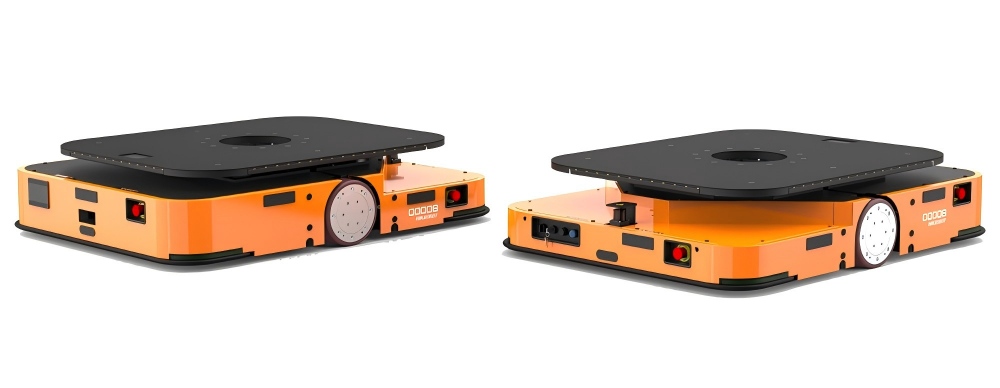
在我们结束之前,快速向实现这一目标的人点头。 威萨智能股份有限公司有限公司。 作为潜在移动机器人的首选供应商,它脱颖而出,将它们编织成成熟的智能工厂设置。出生于一个团队;Wesar在物流领域有着多年的经验,从AGV车队到 WMS平台,所有人都对绿色科技有着敏锐的眼光 叉车LMR,就像我们一样;我们已经考虑过了,来定制吧——想想定制托盘或导航系统来替换古怪的平面图。它’;它不是千篇一律的;它’;这是你的仓库,升级了。在现场工作人员处理安装和调整的情况下,他们转向了“;如果”;进入“;看这个,”;同时将可持续性放在首位。如果你;重新关注LMR的推出,他们的工具包;它经久耐用,不仅仅在纸上看起来很好。
结论
总而言之,潜在的移动机器人并非如此;不仅仅是工具,它们;将能源效率融入可持续智能工厂的结构中。从削减闲置电力到实现拥抱地球的灵活行动;这些机器人证明了绿色设计的巨大回报。当然,前面的击球有点刺痛,但长时间的比赛会赢吗?他们让工厂在没有罪恶感的情况下蓬勃发展。随着我们更加努力地进入工业4.0,押注LMR感觉不像是一种选择,而更像是常识。潜入水中,调整你的设置,看着仪表的滴答声变慢。
常见问题
确切的设置是什么“;设计绿色:可持续智能工厂中潜在移动机器人的能源效率”;除了旧的自动化?
好吧,它’;这是隐形运动和智能动力使用的无缝融合。与在车道上空转的笨重的老式车不同,LMR在机架下滑行,充电8小时,同时绘制出零功耗的路径。在一个可持续发展的工厂里,这意味着在不降低速度的情况下,真正的削减——比如减少20%的产量。
潜在的移动机器人如何在日常仓库运行中促进节能?
他们减少了麻烦:精确的导航式SLAM技术意味着没有绕行,1.5小时的快速充电使车队在没有电网尖峰的情况下保持运转。想象一下,600公斤的托盘以1.8米/秒的速度在狭窄的过道中穿梭——这一效率使整体使用量减少了25%,特别是在电子商务中心等高容量场所。
我可以在不增加能源的情况下,为不断发展的可持续智能工厂扩展LMR吗?
当然,而且——;这就是美。从小处着手,用几个单位来挑选,随着需求的增加而增加——不需要大的重新布线。他们的模块化电池和软件与您灵活配合,即使吞吐量翻倍,也能保持稳定的电量。一条汽车生产线做到了这一点,在没有额外账单的情况下实现了绿色目标。
电池技术在这些机器人的能源效率中起着什么作用?
它’;这是脊梁。锂电池组可提供6-8小时的繁重工作,快速充电以避免停机。在可持续发展的环境中,这取代了口渴的替代品,在处理高达335毫米的电梯时放下了碳标签。加入低障碍物传感器,你就可以;完全避免这些能量消耗错误循环。
依赖LMR提高绿色工厂效率有什么缺点吗?
公平的问题-他们’我们并非不可战胜。杂乱的地板可能会迫使人们重新振作起来,时不时地蚕食额外的力量。但有了激光规避等内置安全装置,这些光点很少见。总的来说,可持续运营的好处远远大于它,尤其是当你考虑到安静的夜晚和较低的账单时。


